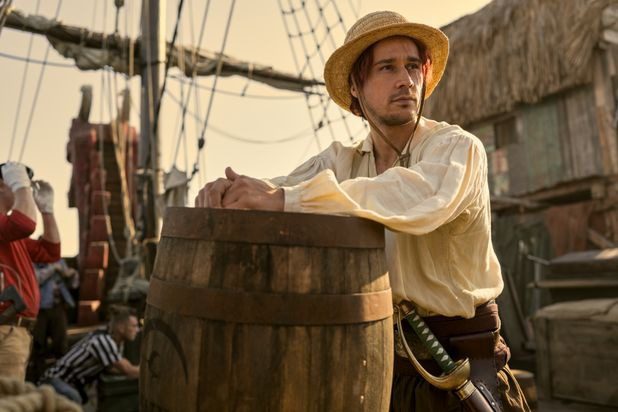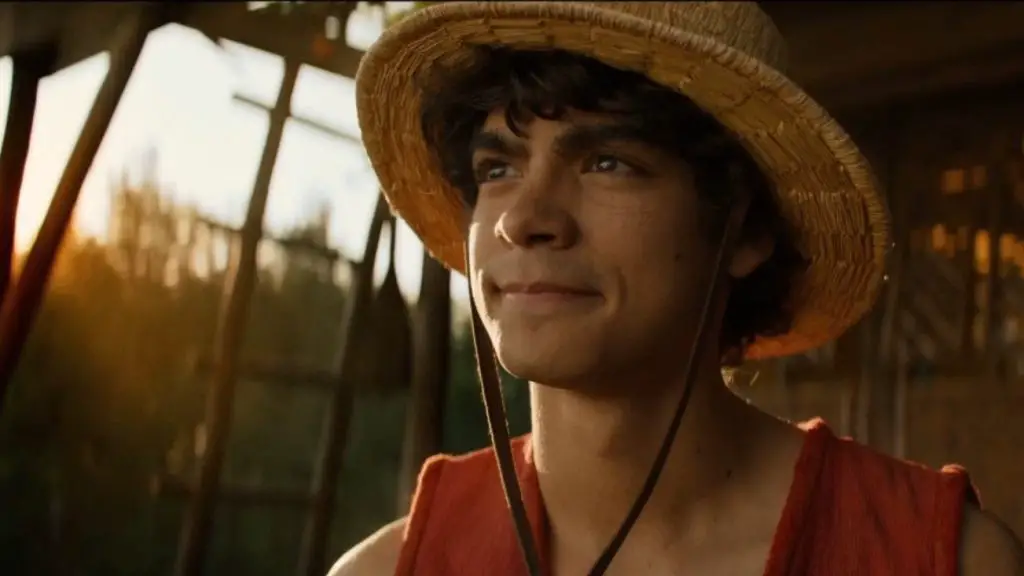Netflix, known for its wide range of content, has embarked on a grandiose journey with its live-action adaptation of the epic anime, One Piece. With a loyal fanbase that has followed Monkey D. Luffy’s adventurous chase for the One Piece treasure over thousands of episodes, there’s immense anticipation and apprehension surrounding Netflix’s venture. Especially given the platform’s checkered history with anime-to-live-action transformations.
Venturing into the Grand Line: One Piece’s Journey to Netflix
The iconic tale of Monkey D. Luffy, played by Iñaki Godoy, and his pirate crew’s pursuit of the One Piece treasure is nothing short of legendary in anime circles. This series, stretching over a thousand episodes, is now set to embark on a new voyage via Netflix. And while fans remain hopeful, there’s undeniable skepticism due to Netflix’s past anime adaptations, such as the 2017’s Death Note and 2021’s Cowboy Bebop, neither of which were particularly well-received.
However, Netflix seems to be betting big, earmarking one of their largest budgets for the One Piece adaptation.
A Comprehensive Glimpse into One Piece’s Budget

Netflix’s commitment is evident in the staggering $18 million per episode budget for the live-action One Piece. To frame this in perspective, established shows like The Sandman, See, Game of Thrones, and The Mandalorian each had a budget of about $15 million per episode. Only a few, like WandaVision and The Lord of the Rings: The Rings of Power, surpass One Piece’s spending.
With an eight-episode season, Netflix’s investment in One Piece stands at a monumental $144 million, surpassing the anime’s expenditure over its two-decade run.
Casting Choices: Fresh Faces for Iconic Roles
Choosing to divert from high-profile stars, Netflix opted for emerging talents to bring the beloved characters to life:
- Iñaki Godoy as Luffy
- Mackenyu as Zoro
- Emily Rudd as Nami
- Jacob Romero as Usopp
- Taz Skylar as Sanji
Their individual remunerations remain undisclosed.
A Visual Spectacle: Investing in VFX and Sets

A significant portion of the budget is dedicated to creating the stunning world of One Piece. In an era dominated by CGI, Netflix’s decision to blend practical effects with digital enhancements is commendable. From the intricate sets representing ships to detailed makeup, the endeavor to recreate the universe of One Piece is evident.
Production designer Richard Bridgland elaborated, “It was vital for ‘One Piece’ to be believable. We wanted it to resonate as a real, parallel world. Hence, we combined traditional filmmaking with minimal VFX, ensuring authenticity.”
Expansive Shooting Locations
Filming locations spanned South Africa, Spain, and Mexico – locations crucial for a pirate-based series. The massive sets created for the show, as detailed by Bridgland, reflect the vastness of the One Piece universe. Each set, according to him, was like transitioning to a new film.
Success Metrics for Netflix’s One Piece
The real test awaits post-release. The future of One Piece on Netflix, including the potential for subsequent seasons, hinges on viewer reception and viewership numbers. Given its massive investment, expectations are undoubtedly high, with hopes of matching or surpassing the success of Stranger Things.
However, past experiences with anime adaptations serve as a cautionary tale. Although if Netflix’s One Piece manages to capture the essence of the original, the platform could be looking at several seasons, given the vast source material.
In Conclusion
As the One Piece live-action series sets sail on Netflix, it represents not just an ambitious project but also a significant risk. The substantial budget, the careful selection of cast, and the focus on visual authenticity all highlight Netflix’s commitment. Whether this voyage discovers its treasure in terms of audience approval and viewership, only time will tell.


